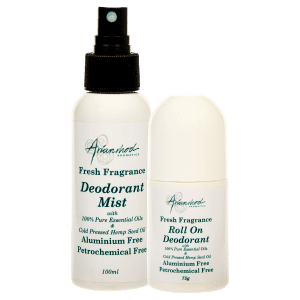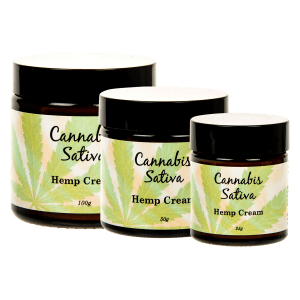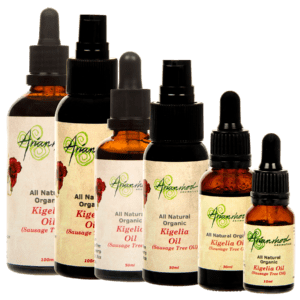Iceland Moss (cetraria islandica)
Emollient, nourishing, protective for skin, moisturising, soothing.
Thought to be the very first lichen used as food by humans, Icelandic Moss is one of forty species of Cetraria. It has been used in European folk medicine for centuries, primarily as a remedy for coughs and other ailments of the respiratory system. It was also traditionally used as a galactagogue – a herb that stimulates milk flow in breastfeeding mothers. Whilst it grows in many alpine areas of the Northern Hemisphere, it is most famous for growing abundantly on the mineral-rich volcanic soil, in the pure, unpolluted air of the ancient lava fields in Iceland.
Known to be a highly nutritious food source, all the farms that had Icelandic Moss resources on their land would send a group of people every summer to collect the winter stores of lichens. The lichens were then prepared in several ways ranging from Iceland Moss milk, Iceland Moss porridge and breads to offal dishes and to make tea. Icelandic Moss was and still is a valuable food source for reindeer, caribou, musk oxen and moose.
Icelandic Moss contains about 70% of lichenin or lichen-starch. It yields a modification of chlorophyll (called thallochlor), fumaric acid, lichenostearic acid, and cetraric acid (which gives it the bitter taste). It also contains lichesterinic acid and protolichesterinic acids.
Because of its rich healing ingredients Iceland Moss can also be used as a skin conditioning agent, emollient and has skin-soothing properties.
For your precious face: Sooth and heal your oily or blemished skin with the amazing qualities of Balancing Jojoba Facial Moisturiser.





